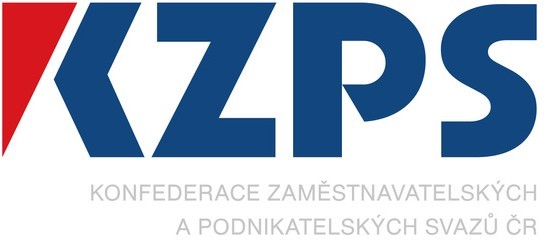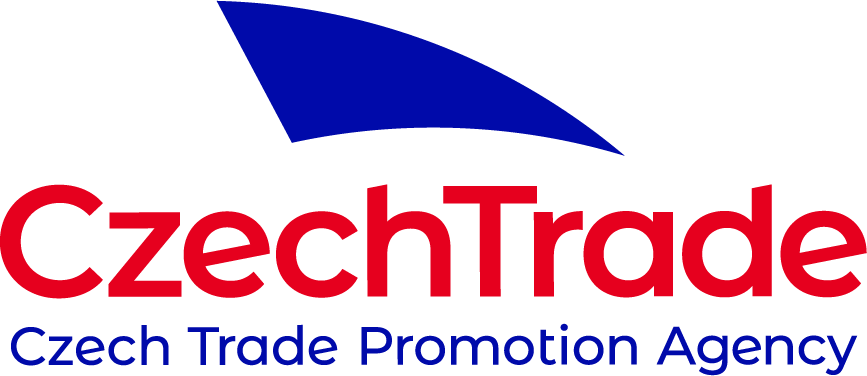Czech Business Today
Tobacco Products Directive: To Ban, or Not To Ban
At the end of the last year, the European Commission launched a public consultation on the revision of the Tobacco Products Directive. It was one of the most followed public consultations and the number of contributions reached approximately 80 000. As expected, the outcome of the consultation in the form of new directive proposal triggered a wave of contradictory reactions.
The last version of the Tobacco Products Directive was introduced in 2002 when many of current tobacco products were not available on the market, which is reflected in the new proposal. As one of the new measures, the proposal bans slim and flavored cigarettes, which are very popular in some markets, tend to be more attractive for young people and often are the first experience of youngsters with smoking because they create an image of being less harmful than normal cigarettes. In addition, the new directive proposes to increase the pictorial health warning to 75 percent of the package and also imposes ban on some smokeless tobacco products and roll-your-own tobacco and restricts the use of electronic cigarette.
As expected, the directive proposal received a very cold welcome from the business community that puts on a table several arguments against the proportionality of the proposed measures. Firstly, tobacco products are excluded from the internal market rules as consumption tax is applied to them and they have several other specifics related to their sell and advertising that are regulated on the national level. Therefore, the business community doesn’t find the proposal to further regulate these issues on EU level effective and necessary. Secondly, the proposal is very strict and doesn’t give member states almost any space to adapt to specific market conditions in every country. Thirdly, public health traditionally falls within competences of member states and each state should define its own policy in this area. In this matter, the proposal, in fact, restrains member states from creating their own policy of reducing the negative impact of tobacco products. In addition, there is also a threat that plain packaging could boost black market, because it will be easier to falsify it. The increase of smuggling is imminent especially at the eastern border of the EU. Furthermore, this measure could significantly harm one of the most important competitiveness tools of EU companies, which are their trademarks and discourage international investors from investment in the EU.
According to industry representatives, such an approach is not in line with Europe 2020 strategy, which claims to protect intellectual property rights of European industries. Let’s see how the European Parliament will receive the proposal, where the decision-making process moves now and where it will certainly unleash another round of heated debate.





